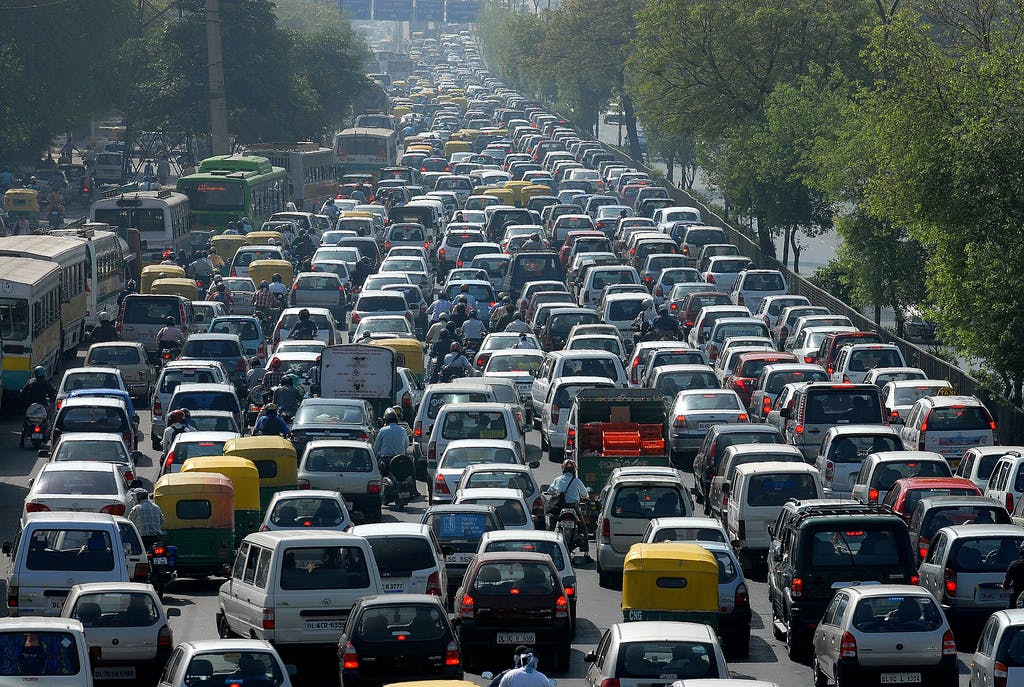Surface Parking Rates to Triple in Delhi a Step in the Right Direction?
According to the latest figures, there over 1 crore registered vehicles on the roads of Delhi, two and four-wheelers together account for 98% of the number. Evidently, the city’s roads face a challenge in accommodating them while maintaining smooth traffic flow. Moreover, markets choke up due to lack of parking space.
The South Delhi Municipal Corporation’s (SDMC) latest initiative aims to address the issue, as per various newspaper reports. By tripling the price of surface or on-street parking and keeping the price of multi-level parking untouched, SDMC hopes to divert traffic to the latter. This will decongest the roads for clear movement of traffic, reduce carbon emission, and cut down on pollution of various forms. Currently, both types of parking see similar pricing so commuters prefer parking their vehicles on the road to avoid walking for last mile connectivity.
The Corporation has also decided to prohibit the creation of parking spaces within 25 meters of a roundabout or a major traffic intersection. There’s also a provision for transit parking, facilitating the movement of commercial vehicles and cabs, taxi, and autos in commercial hubs. These ‘halt and go’ zones are expected to come up in Lajpat Nagar and Greater Kailash. All these recommendations have been submitted to the Transport Department for approval.
It has been found out that although on-street parking is less safe, motorists prefer it over multi-level facilities due to the element of convenience. Another major factor contributing to this behavior is the uniformity of rates for both categories. The new recommendations are a step in the right direction, aimed at reducing the negative externalities due to on-street parking.
The Delhi government has also come up with its parking policy which, if approved, will be implemented by all the municipal corporations of the city. The new rules make a case for the inclusion of technology, parking for the specially abled, provisions for electric vehicles and better enforcement. Once notified, the policy will put Delhi ahead of other states and UTs in the management of its urban parking space.
This step by SDMC to decongest roads is surely the right beginning. But without proper enforcement of illegal on-street parking and real-time communication of available off-street parking to citizens, this initiative will not result in achieving the desired objectives.

